Our first full day and we were booked with Lisbon Walkers RS to do their 3hr walking Revelation Tour.
The day was overcast and cool, great for a walking tour in hilly Lisbon. Our tour guide was Jose and we assembled in Praca do Comercio adjacent to the River Tagus.This part of Lisbon was destroyed in 1755 by an earthquake that was probably in the 8-9 range on the Reichter scale and subsequent fires. There has been a city here since about 700 BC, when the Roman Empire established Olisippo on the hilltop above the Downtown area. They remained in control until around 470 AD, and the Visigoths established a kingdom that was then run out of town by the invading Moors. They in turn were removed by Christian forces in 1147. The area has had a long period of human occupation and development and different cultural and ethnic influence over nearly 3000 years. After the Romans came the Suevians (Germany), the Goths (Poland) and then the moors from North Africa.
So various areas have been built, rebuilt, modified and adapted. The Romans used the local fishery focussed on the river to produce fish oil and and preserved fish guts. These were stored in large amphorae and shipped back to Rome and elsewhere in the Empire.
The Praca do Comercio, was established initially to allow for the trading and taxing of the spices being brought back from India and the East Indies.It was destroyed by the earthquake and fires and was rebuilt over the next 200 years, and, opening onto the River Tagus, was the 'welcome mat' for visitors to Lisbon prior to the advent of planes and airports! The square is dominated by a statue of Jose I, the king at the time of the rebuild, and the surrounding buildings, uniform in size and style are remarkably utilitarian.
The king established a palace there too which was badly damaged by the earthquake so he moved and did not return, having seen the havoc caused by the eathquake. Bras de Albuquerque, built a four storey edifice near the River Gate, with a facade of pointed stonework known as Bicos. Only two storeys survived post earthquake, until the building was restored in 2018.
Part of this rebuild exposed remains of the old Roman wall foundations and other structures related to fish processing.
It is now a National Monument and well worth a visit. A diagram shows the higgledy piggledy central city Baixa area pre earthquake, compared with its current grid structure instituted by Pombol, the government minister who relaid the area post quake. The square itself was a perfect escape place in case of further earthquakes.
We walked by the only surviving Gothic Church in the downtown are: the facade was saved by the arched window and doorways that are a feature of these old churches.
.Then on up the hill past the Church of Portugal's patron saint St Anthony, in this statue. He's the one you pray to when you lose something, he's pretty good at helping you find stuff. Can't recall that as part of my early catholic education.
Up the hill a bit further and then we dropped down into Alfama, an area that was home to Moors and Jews in separate but peaceable communities, in a little development outside the walls of the city. The area had good natural springs and some geothermal activity at one point. Houses had no water and community facilities were available to cover that shortfall. This area celebates the sainthood St Anthony (June 13) but turns it into a month long festival. He was born August 15 in 1195 in Lisbon.
Construction of large numbers of temporary outdoor hospitality spots was under way as we walked through the area. Much of the construction was being done with pallets, cobblestones were taken up to allow for wooden piles to support the temporary structures.None of it looked at all safe or professional. Apparently it's a lot of fun and attracts immense crowds.
We walked uphill again to the a couple of Miradouro (lookouts), with great views south across the river.
Then up yet again and some in the party were getting pretty stretched by this walk.
More great views, this time of the city and Ponte 25 de Abril ( similar in appearance to The Oakland Bridge) as we passed below Castelo de Sao Jorge. The Portugese had alliances with Britain and adopted St George as part of an early alliance.
We moved then to downhill for a while, through the once grungy Mouraria, home of the Fado, a local musical style described as stirring and melancholic.
In such a hilly city there are a range of funiculars, lifts and ascensors to aid the climb! As we came to the bottom of the hill we had a great view of the funicular that lifts people up to the Chiado area. It was designed by an Italian engineer, who worked in Paris for a time, which might explain its Eiffel Tower ressemblance.
At the bottom of the hill is the main commercial square Placa Rossio. We took a short break here to sample a local cherry liquer called Ginjinha which was very nice. Less nice were the actual cherries served in the glass as is the local tradtion; they were quite bitter.
This part of the square used to be a Jesuit monastery and associated grounds. In front of the church which remains from those ancient times is a Star of David shaped monument to commemorate a massacre of thousands of Jews in 1506. The massacre started on Easter Sunday 1506 and continued for weeks.
The tour continued up hill again on the other side of the valley, stopping at Largo do Carmo to learn about Portugal's dictator and dictatorship. Antonio de Oliveira Salazar, a left wing academic ruled the country from 1933 till the regime was thrown out in 1974, in a military coup which followed 10 years of war in Angola and Sudan with Portugal trying to retain its colonies.It was called the Carnation revolution as a red carnation was a symbol of the uprising. here pictured one of the heroes of this coup.
The skeletal remains of Carmo convent dominate the city side of the square, another earthquake casualty.As we walked up to Miradouro de Sao Pedro we saw beautiful buildings completely adorned with the azuelas (tiles) that are a feature of Portugese buildings.
The view from the lookout across the city is quite spectacular, with a skyline of the castle, the Monastery of St Vincent and the National Pantheon.
That was the end of our guided walk and we walked back to our apartment down the path of the Ascensor de Gloria, a vintage tram ride up a very steep rise from the Baixa.
But tigers for punishment we headed out again after lunch. This next walk took us back down to the river to check out some travel details and visit the Ribeira Market and the TimeOut market next door. Lots of famous chefs have booths there and it was super crowded.
The market itself is "under repair" and it was too late in the day anyway for the remaining fruit stalls to be open so we settled for a coffee and very decadent Pasteis de Nata.
We'll visit the birthplace of these custard tarts on Sunday in Belem but Mantegaria, the shop where we got ours is reputed to be right up there in quality!

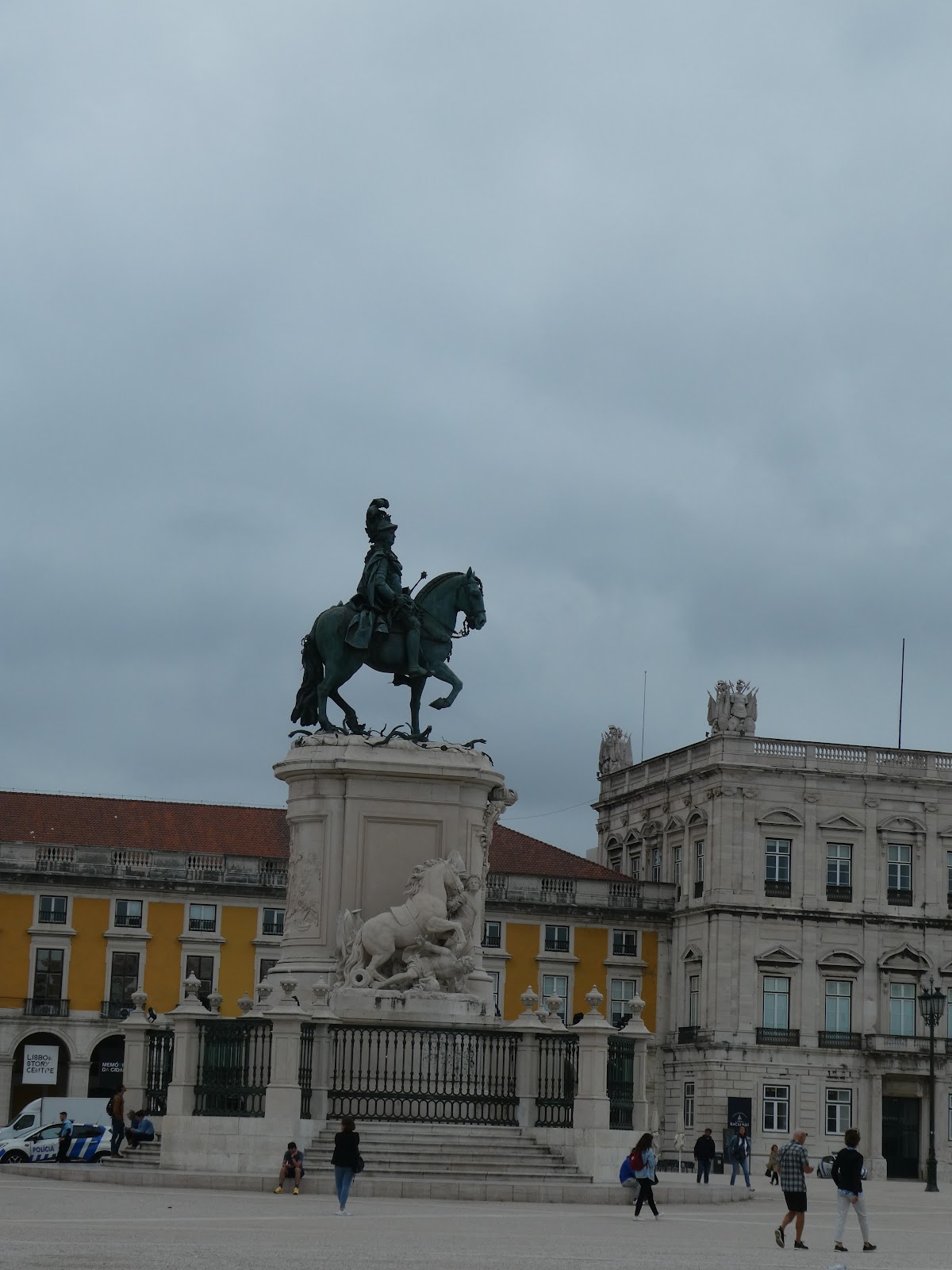











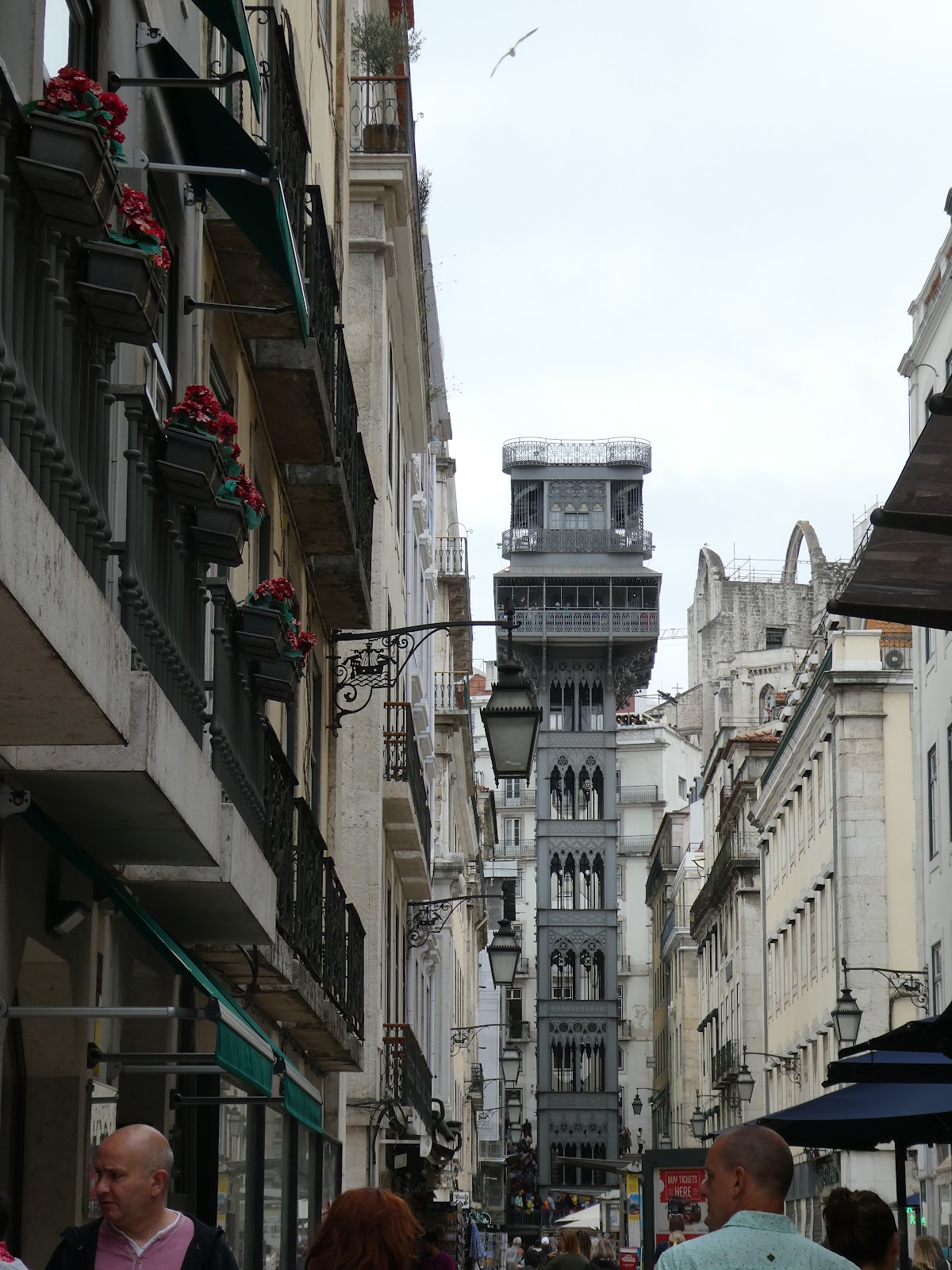
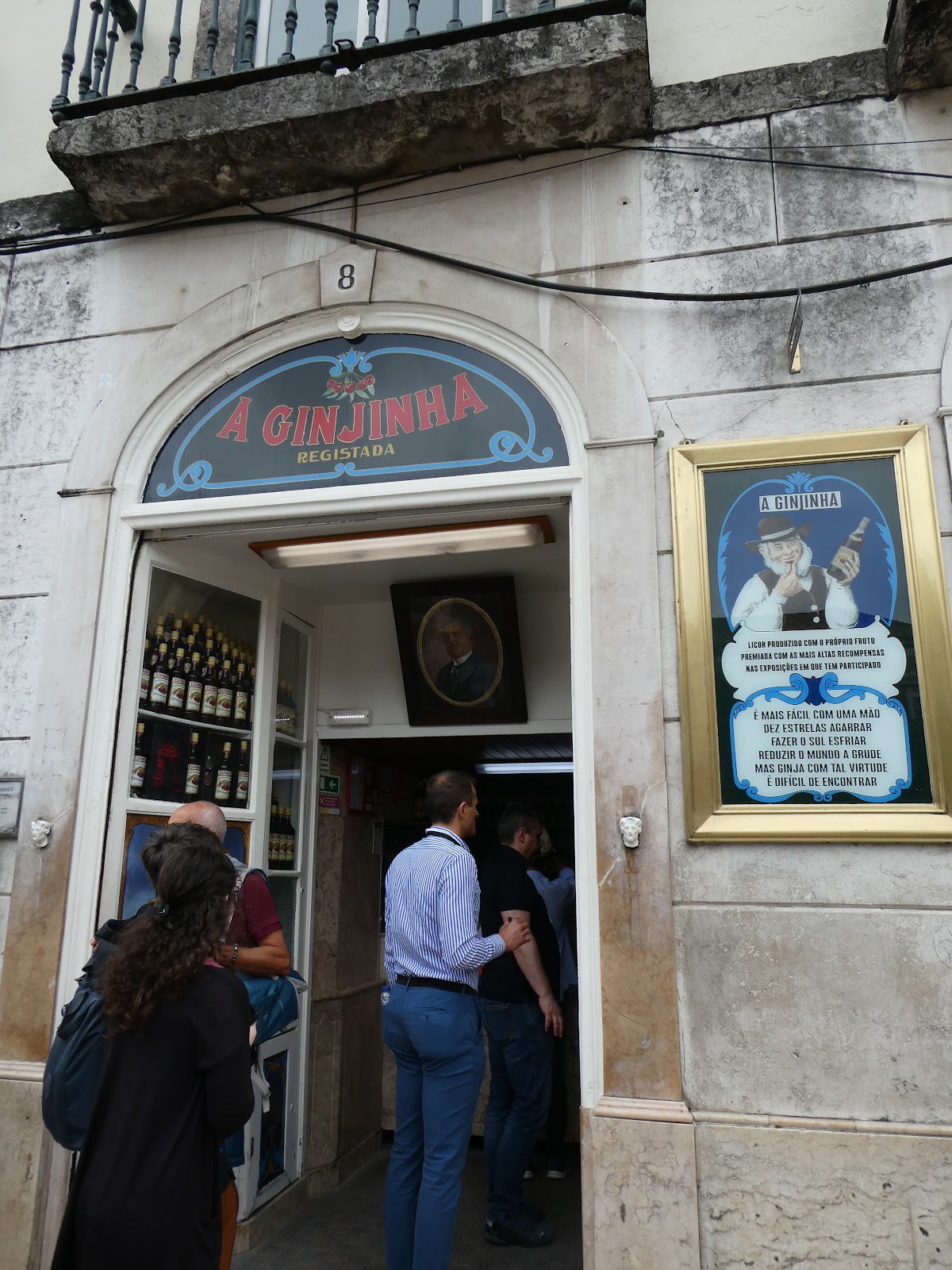
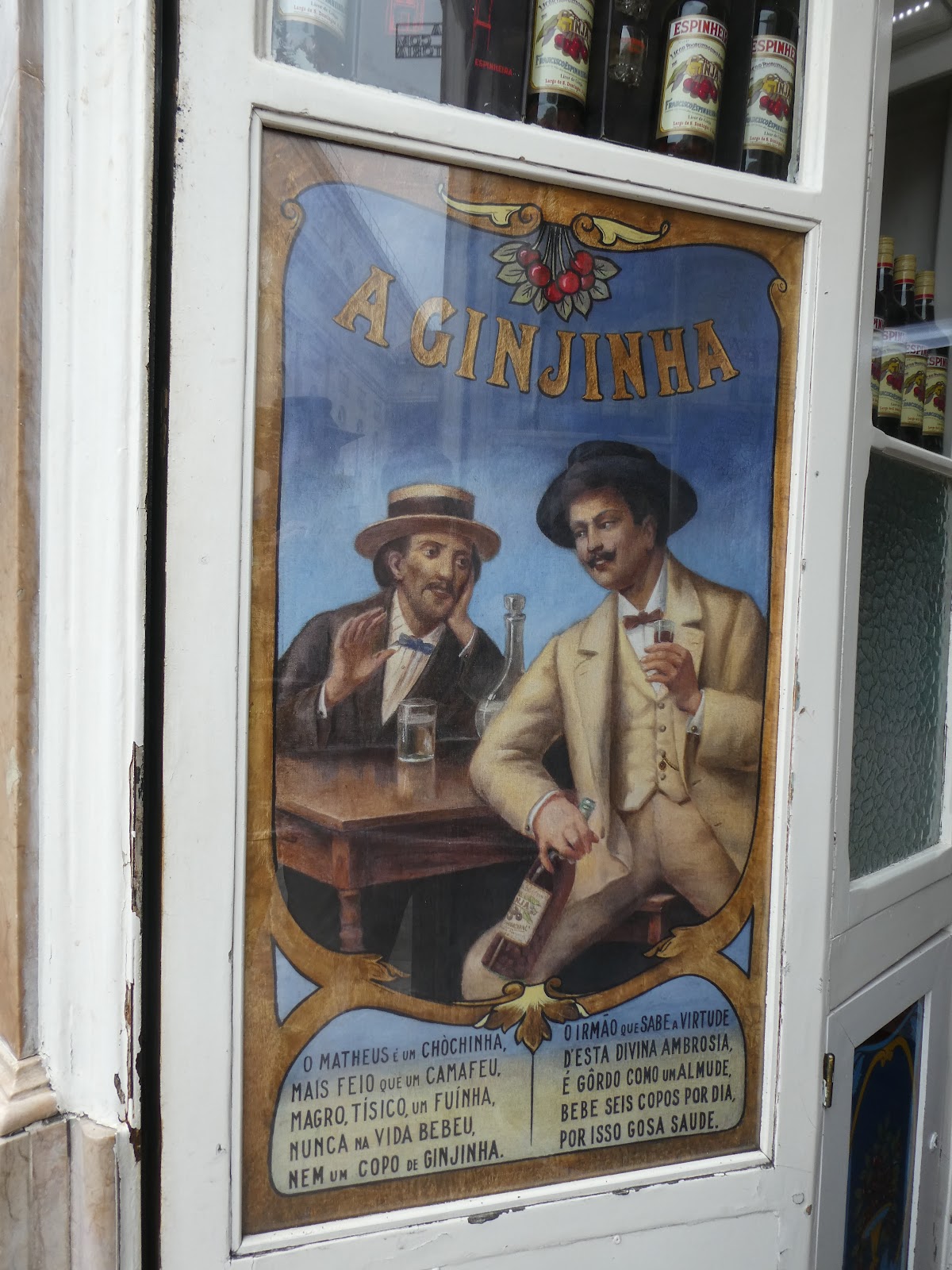





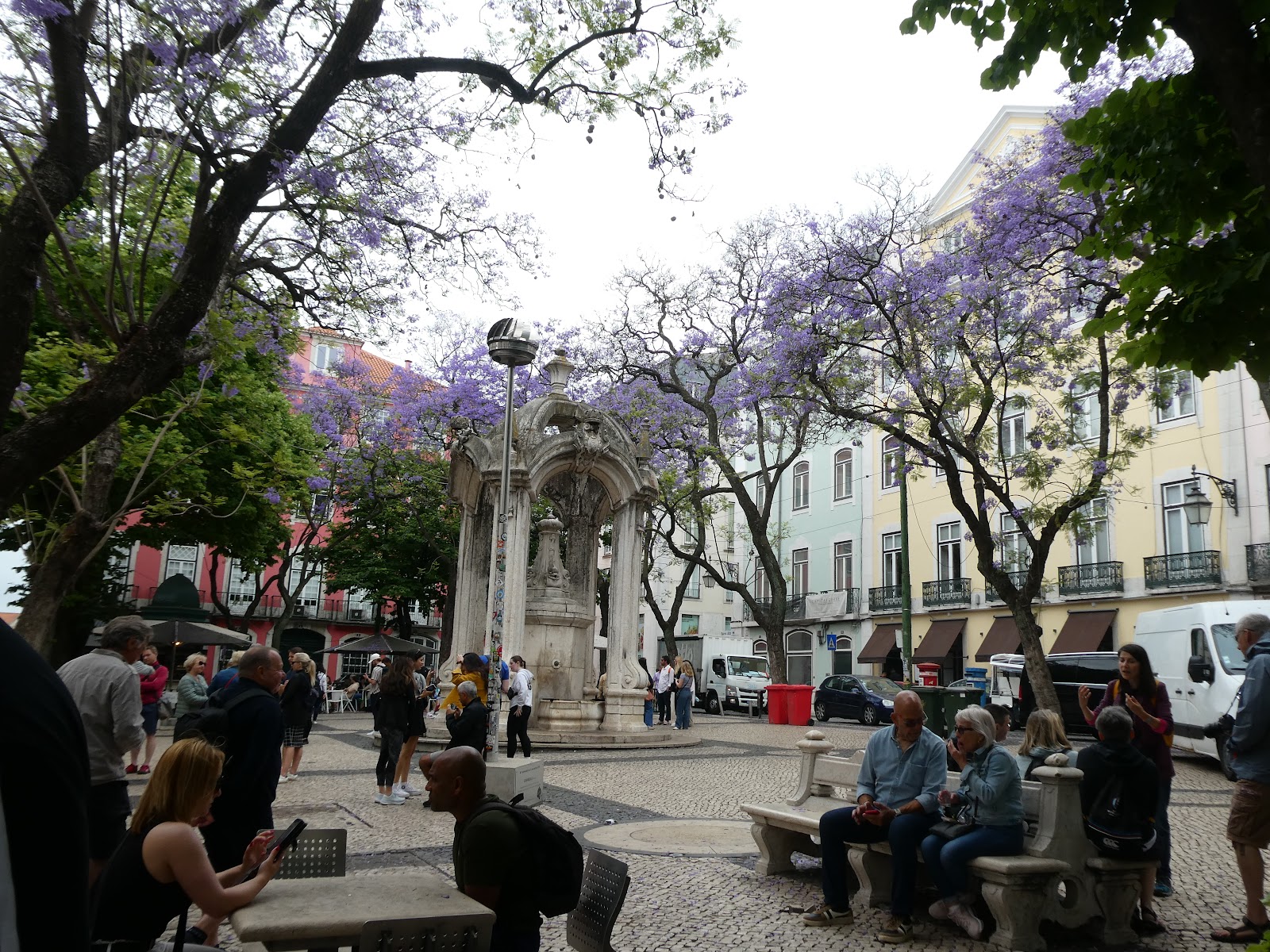
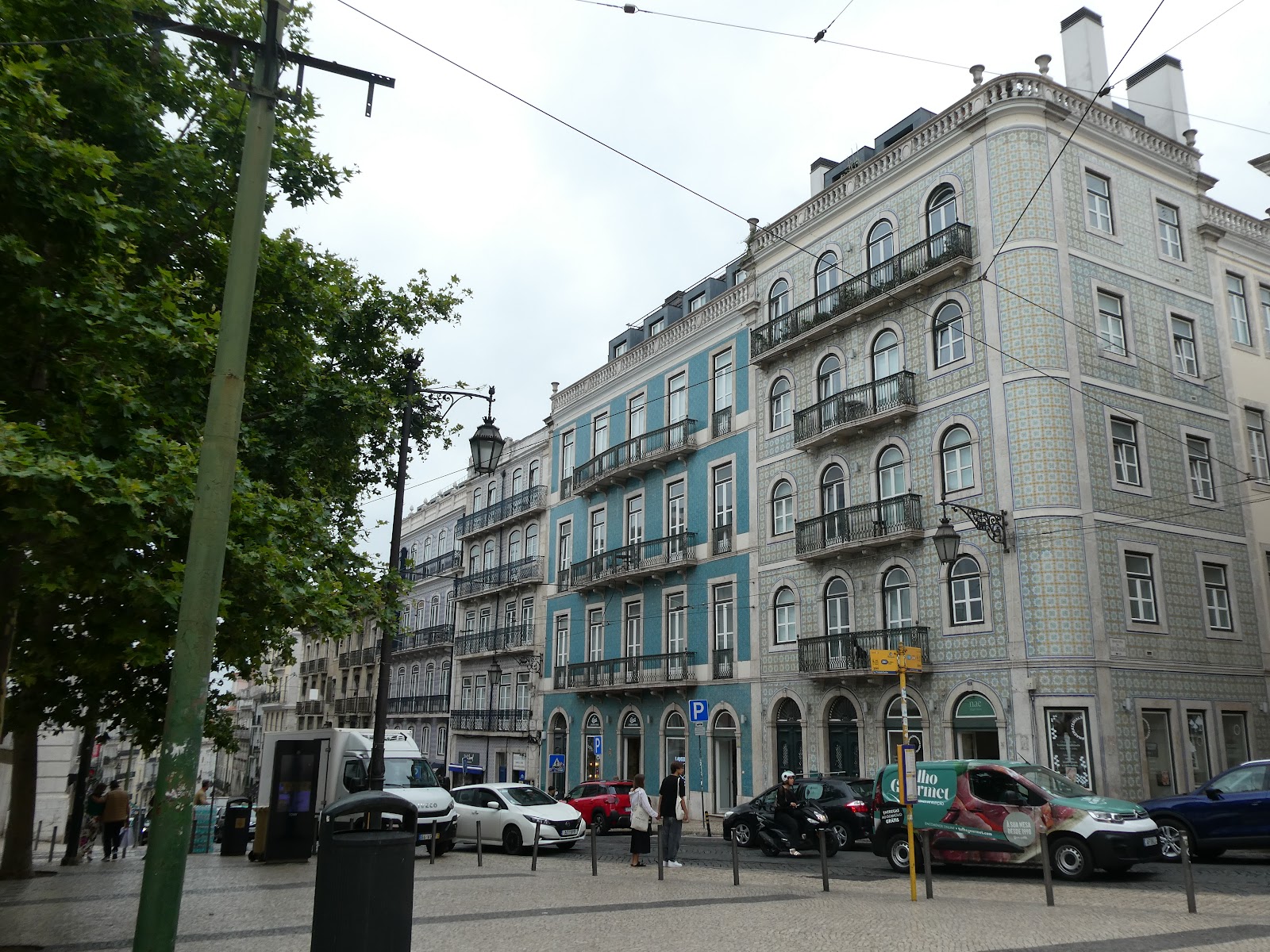

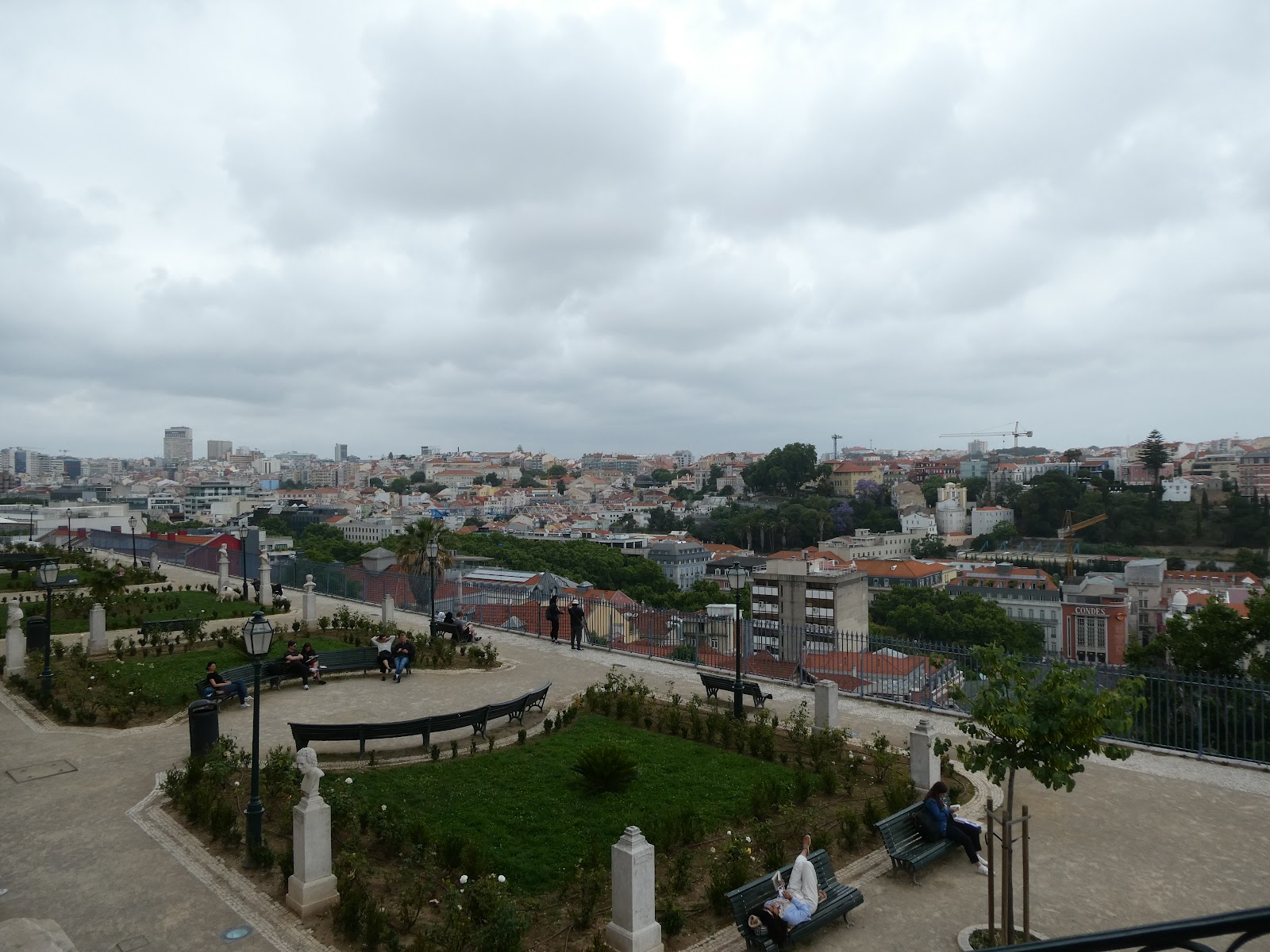



No comments:
Post a Comment